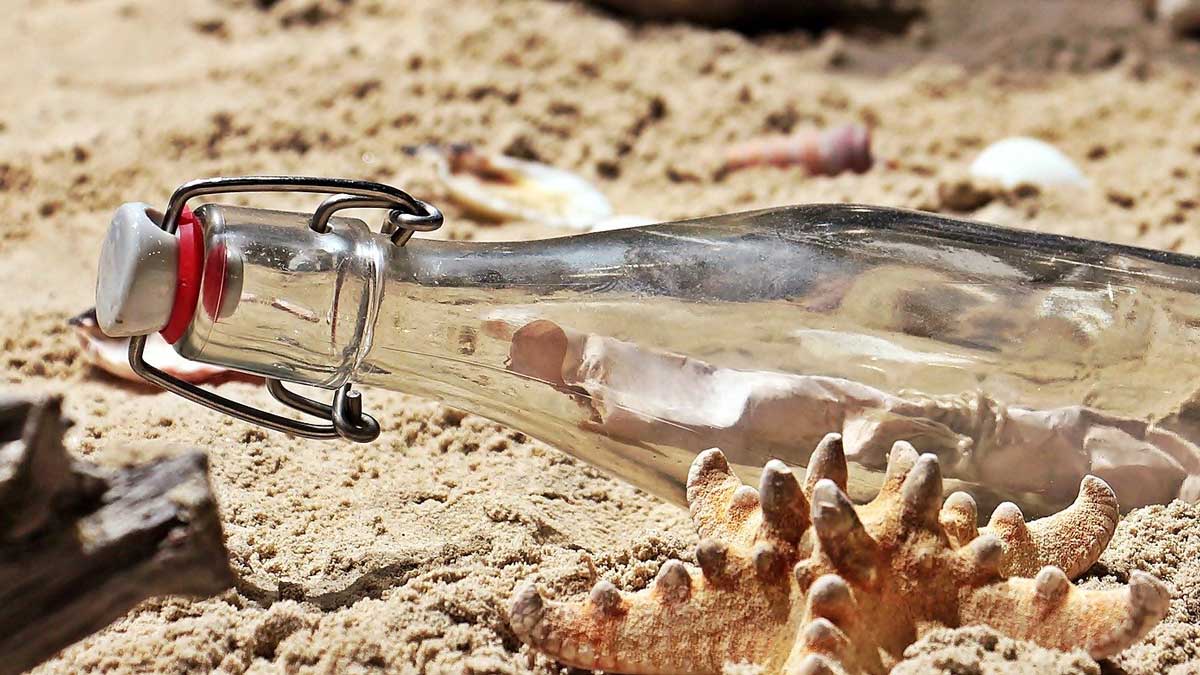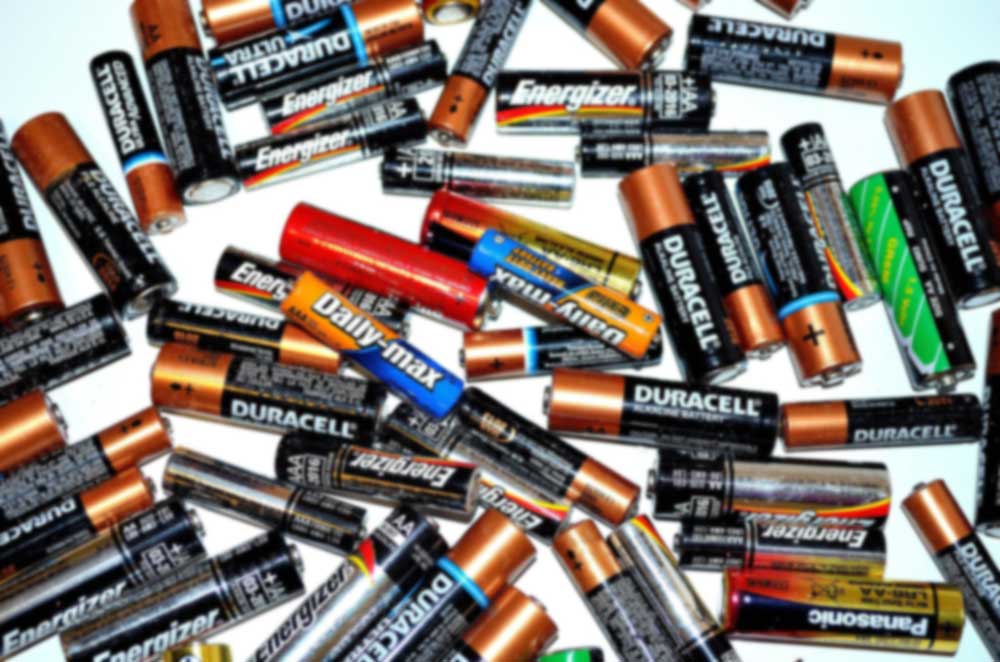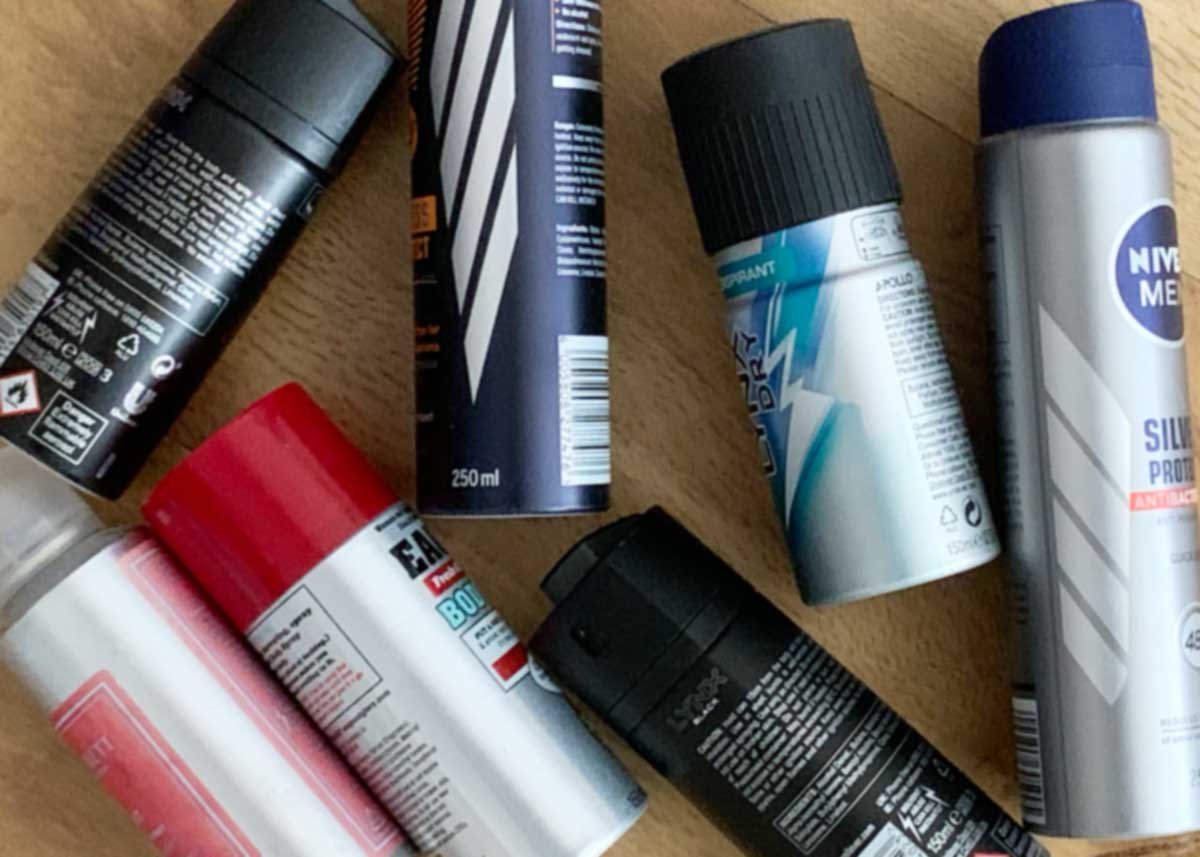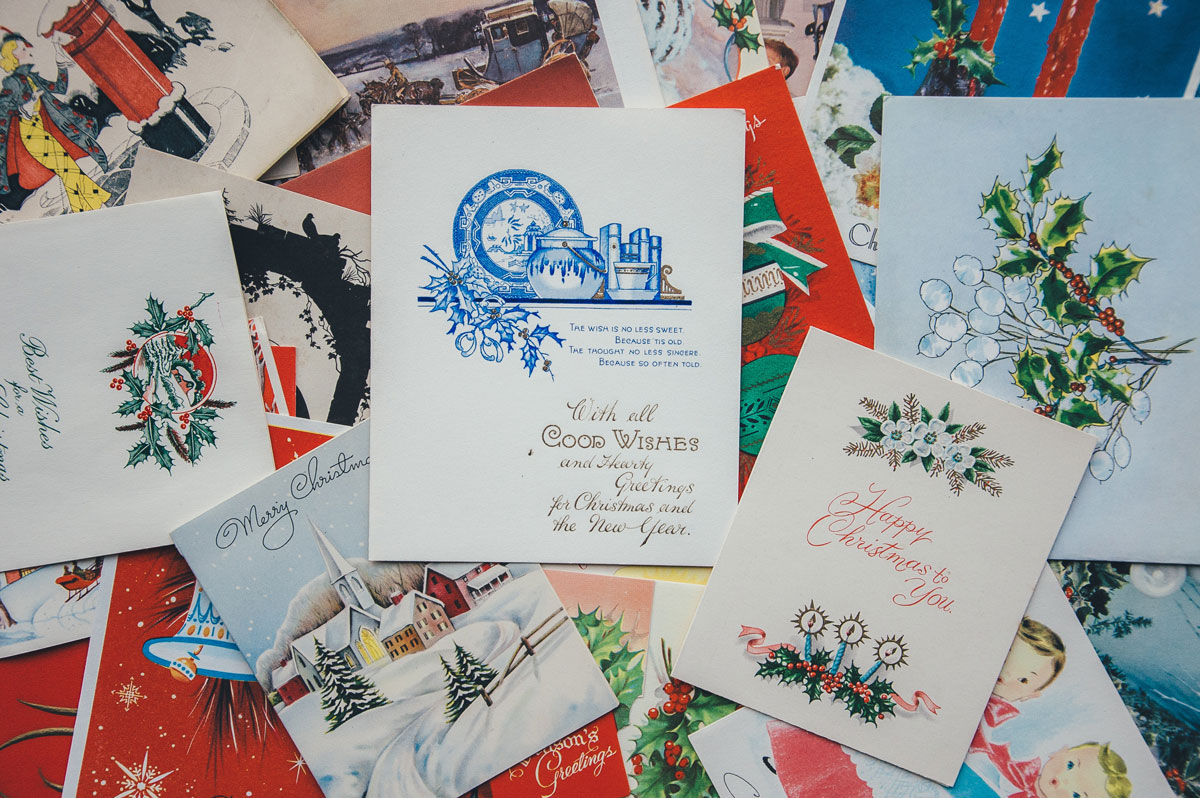Christmas card recycling can be an issue – sure, Christmas cards are a great way to wish friends and family a merry Christmas – but once it’s time to take them down, and recycle them, it can be a pain. The problem with Christmas card recycling – or any type of greetings card – is that they can be problematic when it comes to recycling.
The main issues when it comes to Christmas card recycling is that any kind of foil, glitter, or other shiny stuff makes the card un-recyclable. Yes, that pretty, glittery card you paid top money for, is not recyclable. This problem is not even limited to Christmas card recycling, but any card or paper product with metallic-foil embellishment. This includes promotional mail, business cards, birthday cards, and product packaging.
This problem also extends beyond the pretty metal foils; If the cards are shiny or very matte, then they have been through a process called lamination. Lamination is a process of adhering a thin plastic film to paper or card (not to be confused with encapsulation, which you would do at home with a “laminator”). This thin plastic film is like a sticky tape that is bonded with the paper/card. The problem then is that the card can’t be recycled, because it is hard to remove the plastic from the paper in an automated process.
But all is not lost! Even if there are some sparkly bits on the cards or stamped foils – about 90% of the card can still be recycled! It just means that we, unfortunately, need to do a bit of prep-work. Hopefully, if you’re reading this, then you are ready and willing to put in a little bit of work to make a difference.
Other things to look out for
You should also lookout for the other problematic things that often find their way onto a Christmas card. Any glitter, metal foils, and embellishments such as ribbons, bows, jewels etc.
You will need to remove these embellishments, or you will have to put the card into the general waste (we would rather you didn’t 😉).
Foil Cards Recycling
If the card has gold, silver, red, green etc. foil – by which I mean, there is a section that is shiny and clearly metallic – then the only real way to recycle it, is by removing the metallic part. Some people rip off the front of the card and recycle the back (if there is no foil on the back), while others will cut out the foil sections so that they can recycle the majority of the card.
If you would rather use the front of the card as present tags, and go along the reuse route, that is great too, but you may need to tell the recipient how to deal with the tag once they are done with it.
To get most of the card in a recyclable state, I find it easiest to use a scalpel, or a similar craft knife to carefully cut out the shiny bits, and then I am left with about 95% of the card recyclable,
What if the card is laminated, and how to tell…
What is the card is laminated? For many people, it is hard to tell, as a matte lamination may make it look like a textured paper. The easiest way I have found to check if a card was laminated is to tear the corner of the card carefully.
The paper with rip as paper does, fairly easily. But the plastic lamination will start to stretch, and isn’t as easy to tear.
Another telltale sign the card is laminated; if the inside of the card (where you write), has a different finish to the exterior of the card! The difference in finish is because only the outside of the card is laminated.
But how do I remove the lamination?
In order to make the card recyclable, you are going to have to remove the lamination. The easiest way is to tear a corner, to determine that it is laminated, and then gradually peel off the plastic film. It may take a minute, but it is usually possible without any problems.
Once you have taken off the lamination, the paper/card should be ready to be recycled.



